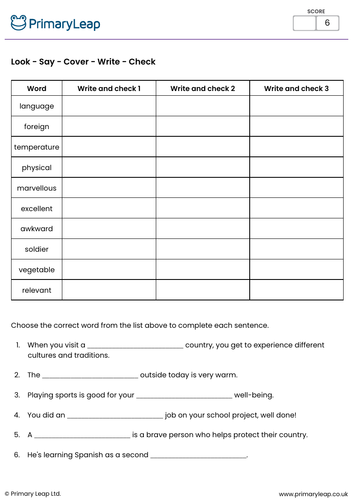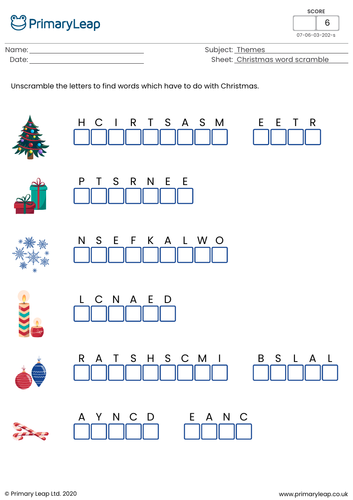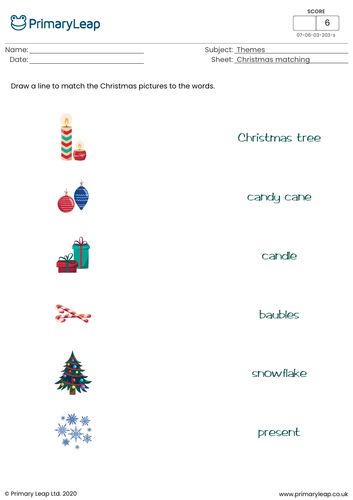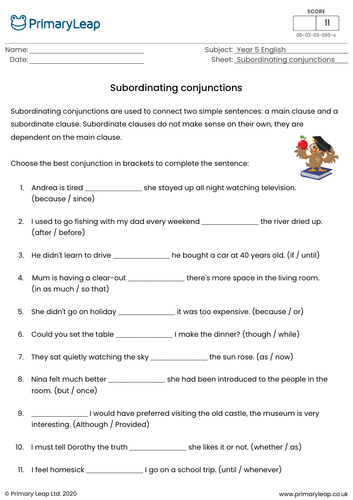560Uploads
453k+Views
210k+Downloads
English language arts

The Bermuda Triangle Reading Comprehension
This fun and engaging reading comprehension worksheet takes students on a journey to uncover the mystery of the Bermuda Triangle. Through an exciting and informative text, students will learn about famous disappearances, scientific explanations, and wild theories surrounding this mysterious part of the Atlantic Ocean. The worksheet includes comprehension questions that encourage critical thinking and help students retain information about geography, history, and science. Perfect for both literacy and science lessons, this activity engages students with real-life mysteries while developing key reading skills.

KS2 Galápagos Tortoise Reading Comprehension
This KS2 Reading Comprehension Worksheet helps students learn about the incredible Galápagos tortoise, one of the largest and longest-living animals in the world. Through an informative text, students will discover how these giant tortoises survive in the Galápagos Islands, how their appearance changes depending on their environment, and what dangers they face due to human activities. The worksheet includes comprehension questions that encourage pupils to think critically about evolution, conservation, and the unique adaptations of the Galápagos tortoise. Perfect for literacy and science lessons, this worksheet makes learning engaging and educational.

KS2 Endangered Species Around the World
This Reading Comprehension Worksheet introduces pupils to the important topic of endangered species around the world. Through an informative and engaging text, students will learn about animals that are at risk of extinction, the threats they face, and the role of conservation in protecting wildlife. The worksheet includes a variety of comprehension questions designed to test understanding, encourage critical thinking, and inspire pupils to take action for wildlife. Ideal for use in both literacy and science lessons, this resource makes learning about conservation accessible and engaging for young learners.
Find more resources at PrimaryLeap
Sale

Year 1 Vocabulary, grammar and punctuation workbook
Inside this workbook, your child will embark on a journey through fundamental English concepts, including:
Vocabulary Building: Exciting exercises to expand your child’s word bank and enhance their understanding of everyday and academic vocabulary.
Grammar Practice: Clear and concise lessons on basic grammar rules such as sentence structure, verb usage, and parts of speech.
Punctuation Mastery: Engaging tasks focused on punctuation marks like full stops, commas, question marks, and more, helping your child effectively communicate through writing.

Year 6 Spelling Practice (set 2)
Year 6 Spellings Worksheet
This cloze activity for Year 6 students includes 10 spellings from the statutory word list. It aligns with the curriculum to reinforce the words and concepts students are expected to know at this level. Students select the correct spelling for each missing word from the provided list.

Harry Potter Cloze Activity
Harry Potter Cloze Activity
These fun facts about Harry Potter should spark a child’s interest in the magical world created by J.K. Rowling and could provide a great starting point for their journey into the series. This cloze activity offers a spellbinding way to enhance reading comprehension, vocabulary, and critical thinking skills while diving into the world of magic. Beyond simply filling in the blanks, this activity encourages critical thinking by prompting children to consider context and meaning while completing the fun Harry Potter facts.
This resource was created by Primary Leap

Year 6 Spelling Practice (set 1)
Our Year 6 Spelling Cloze Activity is an engaging resource designed to enhance your students’ spelling, vocabulary, and reading comprehension skills. Students choose the correct word from the list of spellings to complete each sentence.
This resource was created by Primary Leap

Type of sentences: statement, command, question and exclamation
This worksheet was created by Primary Leap
A statement gives us information
e.g. the sky is blue.
A command tells us to do something
e.g. go and brush your teeth.
A question asks us something
e.g. how old are you?
An exclamation shows us that someone feels strongly about something
e.g. ouch!
Students read the sentences and write statement, command, question or exclamation next to each one. They also need to add the correct punctuation at the end of each sentence (., ?, !)

English worksheet: Match the contractions (won't, couldn't, haven't etc.)
This resource was created by Primary Leap
A contraction is a word made by shortening and combining two words. Students are asked to draw a line to match the contractions.
These resources can be used for home learning or in the classroom. I hope you find them useful.

Christmas Picture Crossword
This worksheet was created by Primary Leap
Add some festive fun to your lessons with this colourful Christmas picture crossword. Students look at the pictures and complete the crossword puzzle.

Christmas Mad Libs
Created by Primary Leap
This Christmas themed resource can be used to reinforce language arts lessons learned in class. Students fill in the blanks with a type of word e.g. an adjective or a noun. Encourage your students to be as creative as possible and have some fun!

Christmas word scramble
This Christmas-themed resource was created by primaryleap.co.uk
This colourful Christmas-themed worksheet asks students to unscramble the words which have to do with Christmas. There are six words to unscramble. This resource will help children improve their vocabulary and spelling.

Christmas word and picture matching
Created by primaryleap.co.uk
This Christmas-themed worksheet asks students to draw a line to match the pictures on the left to the words on the right.

KS2 English resource - Use of the hyphen
This KS2 English resource was created by Primary Leap
The symbol (-) is called a hyphen in the English language. A hyphen is a short horizontal line used to link words together. Students read through sentences and write the word that is missing a hyphen.

KS2 Creative writing activity: Back To School - What If...?
A fun creative writing worksheet to get kids thinking! Students imagine it is the first day of school and answer the ‘what if’ questions.
This creative writing resource was created by Lauren Savage

KS2 English - Possessive apostrophe
Apostrophes can be used to show that something belongs to something or someone else. Example: The bear’s paws were big. This English resource asks students to underline the possessive noun in each sentence.
Created by Lauren Savage

KS2 English - Subordinating conjunctions
Subordinating conjunctions are used to connect two simple sentences: a main clause and a subordinate clause. Subordinate clauses do not make sense on their own, they are dependent on the main clause. This English activity asks students to choose the best conjunction in brackets to complete the sentences.
Resource created by Lauren Savage

KS2 English - Coordinating conjunctions
Coordinating conjunctions are used to connect sentences, words and phrases. They act as a kind of glue, linking the text together to help the sentences flow smoothly. This English resource asks students to choose the best conjunction in brackets to complete the sentences.
Worksheet created by Primary Leap

Active or passive?
An active voice is when the subject of the sentence is performing the act. A passive voice is when the subject of the sentence is having something done to it by somebody else. Often the word ‘by’ is used, but not always. This English worksheet asks students to write ‘active’ or ‘passive’ after each sentence.
This worksheet was created by Lauren Savage

Relative clauses
Relative clauses are used to connect sentences. We use relative clauses to give additional information about something without starting a new sentence. The most common relative pronouns are: who, whom, whose, which and that. This English resource asks students to choose the best relative pronoun to complete the sentences.
This worksheet was created by Lauren Savage




















